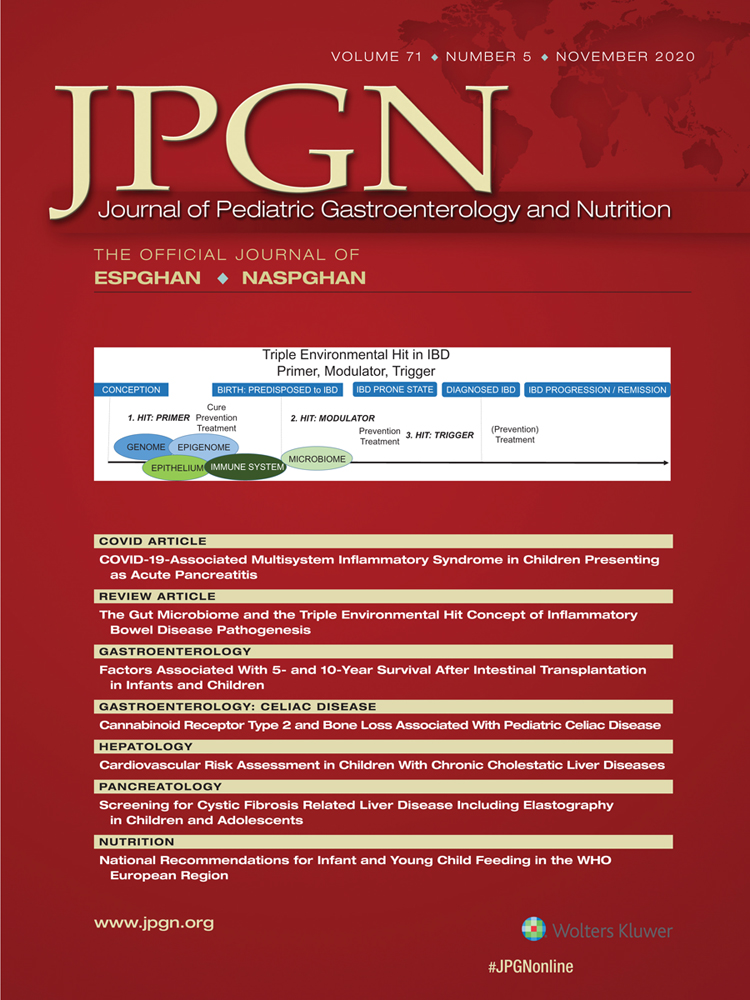Abnormal Bilirubin Metabolism in Patients With Sodium Taurocholate Cotransporting Polypeptide Deficiency
Supplemental digital content is available for this article. Direct URL citations appear in the printed text, and links to the digital files are provided in the HTML text of this article on the journal's Web site (www.jpgn.org).
This research work was supported by the National Natural Science Foundation of China (81570468, 81873543); Shanghai Medical Key Subject Construction Project (ZK2015A04). The funders had no role in study design, data collection and analysis, decision to publish, or preparation of the manuscript.
Drs Yan Yan Yan and Meng Xuan Wang equally contributed to this work.
ABSTRACT
Objectives:
The aim of the study was to explore the significance of sodium taurocholate cotransporting polypeptide (NTCP) deficiency and its clinical features in Chinese children presenting with isolated persistent hypercholanemia.
Methods:
The exon and adjacent regions of SLC10A1, the gene encoding NTCP, were sequenced in 33 Chinese children presenting with isolated hypercholanemia. Clinical history and medical data were reviewed. Growth milestones were compared with the national standard. The serum direct bilirubin concentration at last follow-up was compared with age- and sex-matched controls.
Results:
A variant, c.800C>T, p. S267F of SLC10A1 was detected in all subjects; 30 patients were homozygotes and 3 were compound heterozygotes. Nine patients presented with transient neonatal cholestasis, and 1 with a persistent mild conjugated hyperbilirubinemia. The serum direct bilirubin level in NTCP-deficient patients was significantly higher than age- and sex-matched controls even after the neonatal cholestasis stage (2.85 ± 1.50 vs 1.49 ± 0.70 μmol/L, P = 0.00008). No growth delay or other severe long-term clinical consequences were observed.
Conclusions:
NTCP deficiency is the exclusive or major cause of isolated hypercholanemia in Han Chinese children, with c.800C>T the major contributing genetic variation. The defect may affect bilirubin metabolism and present as transient neonatal cholestasis and/or persistent mild conjugated hyperbilirubinmia, but with no apparent long-term clinical consequences.




